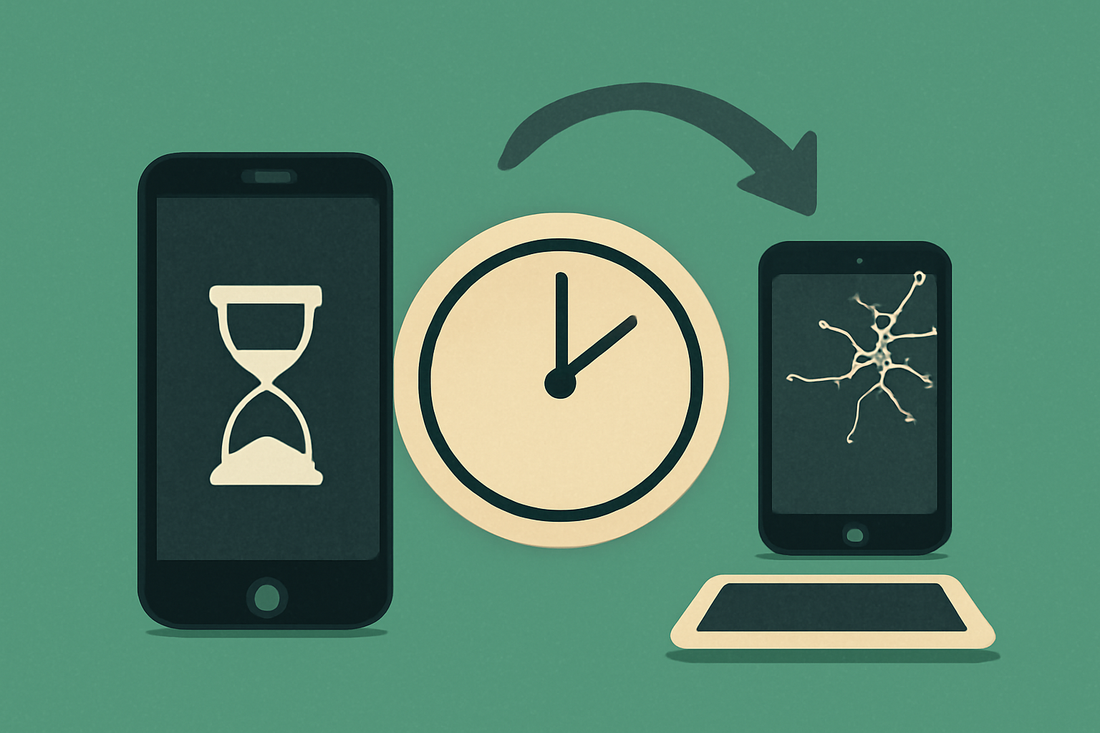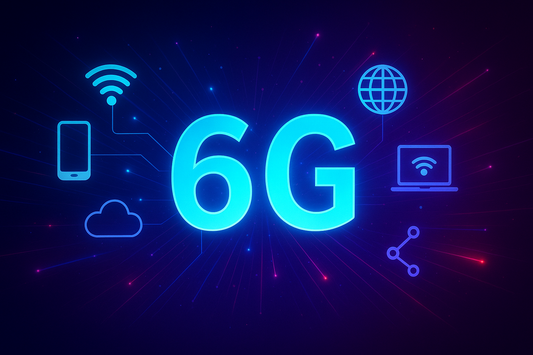
How Refurbished Devices Challenge Planned Obsolescence in Electronics
Givi TechnologyShare
Impact of Planned Obsolescence on the Electronics Industry: How Are Refurbished Devices Changing the Game?
Discover how planned obsolescence impacts technology and how refurbished devices offer a cost-effective and environmentally friendly solution.
Introduction
Planned obsolescence is a phenomenon that has been affecting the electronics industry for years, forcing the constant purchase of new devices. This practice not only has economic implications for consumers but also serious environmental consequences. Fortunately, refurbished devices are emerging as an effective solution to combat planned obsolescence, offering a more sustainable and affordable option.
In this article, we'll explore how planned obsolescence affects electronic devices and how refurbished products can change the landscape. We'll also analyze how this trend is giving way to a new, more responsible way of consuming.

1. Planned Obsolescence: What Is It and How Does It Affect?
Planned obsolescence is the practice of designing products with a limited lifespan, so that consumers are forced to replace them after a certain period of time. This is especially common in electronic devices such as smartphones, tablets, and laptops.
This strategy not only impacts consumers' finances but also contributes to the rise of e-waste, one of today's biggest environmental problems. The electronics industry faces a continuous cycle of production and disposal, where devices become ineffective or no longer receive support after a limited number of years.

2. Economic and Environmental Impact
Planned obsolescence has a negative impact on both consumers' economies and the environment. Electronic products are manufactured with materials that, when they decompose, pollute the environment.
Furthermore, the constant cycle of purchasing and replacing electronic devices encourages the consumption of natural resources and increases the amount of electronic waste that is not properly recycled.

3. Refurbished Devices: The Sustainable Alternative
Refurbished devices are an effective solution to combat planned obsolescence. These products, although previously used, are refurbished, tested, and repaired to offer performance similar to new devices, but at a considerably lower price.
By opting for a refurbished device, consumers not only save money, but also contribute to reducing their ecological footprint by giving electronic devices a second life.

4. Advantages of Refurbished Devices
Refurbished devices offer several advantages over new devices, including:
Main Benefits
- Lower prices, accessible to a greater number of people.
- Lower environmental impact by reducing the waste of natural resources.
- Performance and quality guaranteed, with inspections and repairs performed by professionals.

5. Conclusion
Planned obsolescence is a reality affecting the electronics industry, but refurbished devices offer a viable and responsible alternative. By choosing refurbished products, consumers can access quality technology at a lower cost and with a lower environmental impact.
At Givi Technology, we are committed to sustainability and savings, offering a wide range of certified refurbished devices. We invite you to explore our options and take the first step toward more responsible consumption.




